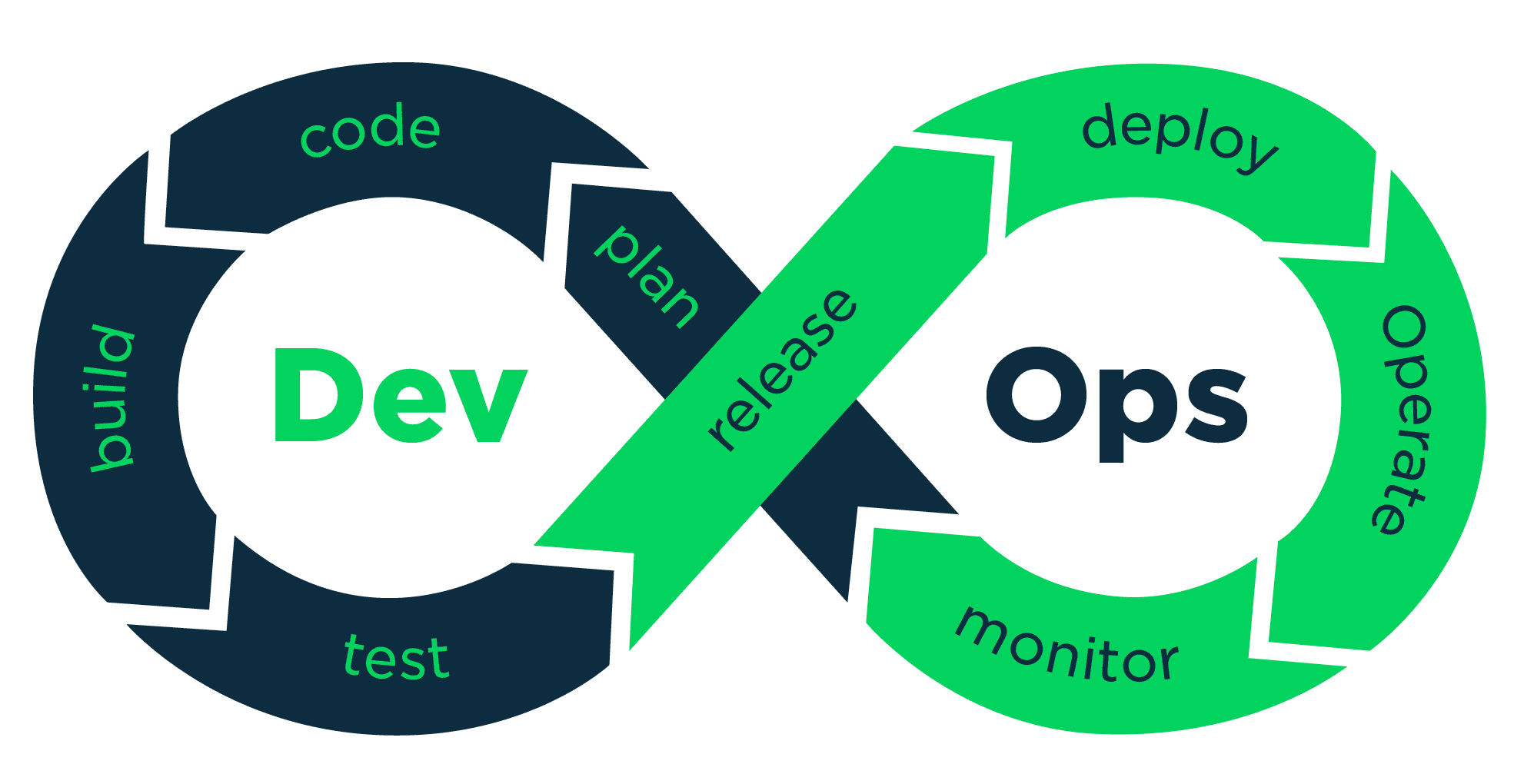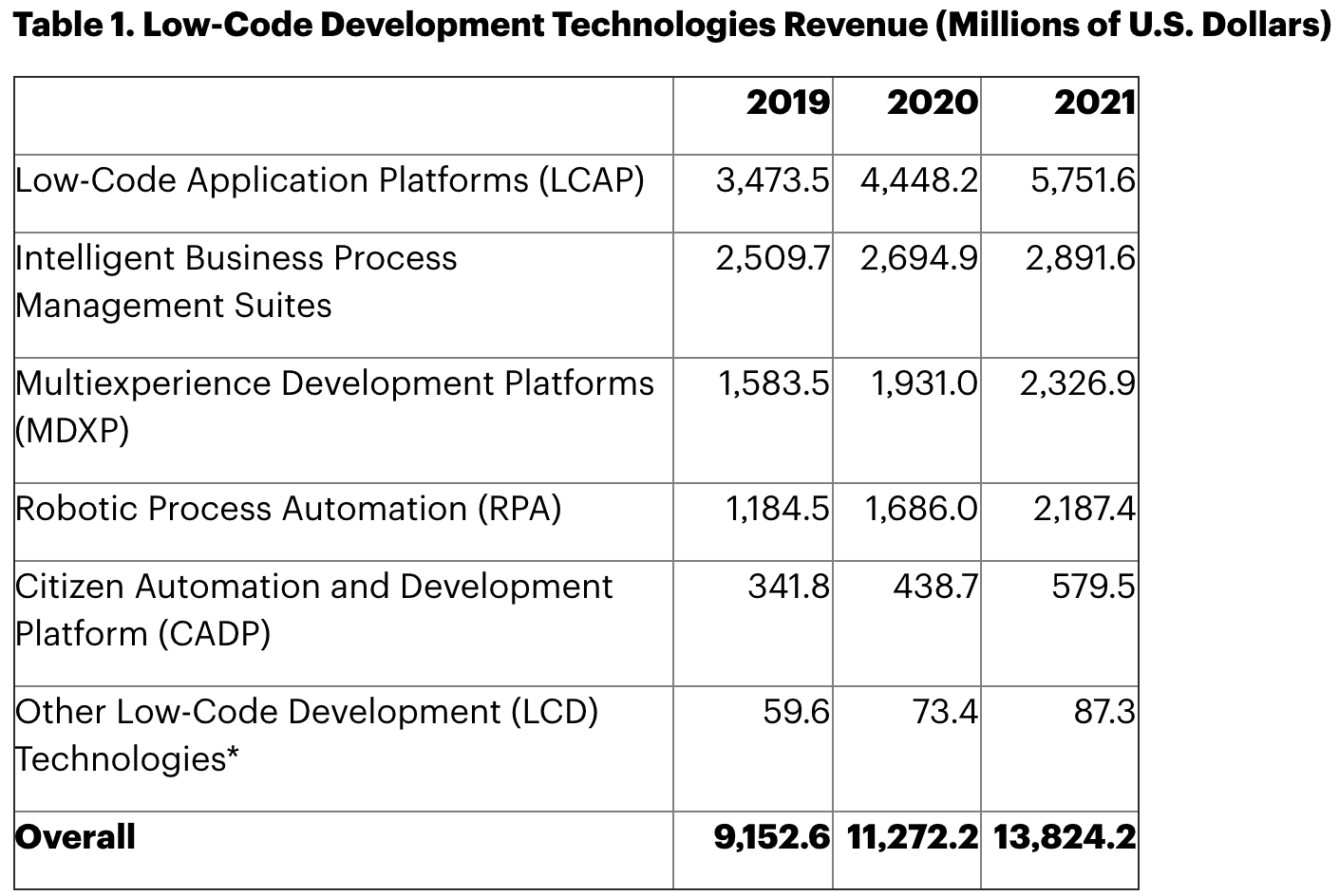IT Infrastructure's Surprising New Star: The Rise of the Citizen Developer

"There are many coaches today who only manage, without trying to improve their players. It is the players who make the coach." So says Zdeněk Zeman, the football coach who led Italian football clubs Foggia and Pescara to Series B victories. Coaching, according to Zeman, is as much about improving and enabling players as managing them.
That idea applies to much more than football (or soccer, for readers in the U.S.) players.
Quoting a football coach is useful here, because the role of IT is changing from that of a solo player to a team player to a coach. The rise of the citizen developer means IT will need to move beyond the individual heroics of a single player and learn to coach business users who will soon be building and automating their own software and workflows.
Why? Because digital transformation and the threat of disruption means businesses now need to be agile from top to bottom. And that agility requires all of us to have a hand in development. To understand IT’s new role and IT’s new star, however, we need to go back to the beginning of IT infrastructure.
Origins of the IT department
The IT department originated as a technical discipline that helped non-technical employees manage their workplace tools and organizations manage their technology infrastructure.
IT, from information to the internet
You can find the origins of the IT department in its name: “information technology.” Computers existed before IT, but IT didn’t exist until organizations started using computers to index and sort information.
Before IT, indexing was a procedure that involved filing papers and books into categories. In libraries, for instance, you might have index files or cards that tell you how to find the book you’re looking for. And indexes within each book to tell you where to find particular information. Computers automated indexing and made information available through search.
At first, then, IT was the application of computing to information science. But once compilers and natural language programming emerged, people outside academia could make a profession in computing. By the 1970s, this emerging profession encountered and increased demand. Companies adapted computers to professional work, and desktops, word processors, and spreadsheets became essential business tools. As such, IT—the people who could manage, support, and run these technologies—became essential, too.
IT’s importance grew as the desktop evolved from mainframe to networked device. First, IT was managing local networks, but eventually, IT was managing internet networks, too. Now, IT had to manage IT infrastructure in-house but also IT infrastructure as it connected to a world of other networks and computers.
The early days of IT infrastructure
At first, IT infrastructure remained a digital appendage to a primarily physical business.
The primary role of the IT department was to set up, maintain, and guard IT infrastructure. IT infrastructure included storage, servers, networks, and security. A secondary but more visible role was helping non-technical employees operate and maintain their equipment.
One example: passwords. Employees, especially those new to computers, were unfamiliar with password requirements and often required IT to educate them on good policies. The below poster from the 1980s, was one way IT might show employees how to securely work with new technologies.

(Source)
At the time, IT employees were frequently the only technical people at a given company. Technology was both an enabler and a treasure, something IT was to mete out carefully and guard. IT infrastructure was essential—no business would go back to paper!—but underrated and misunderstood.
Businesses still struggled to modernize and give IT, the people most often in charge of modernization, the power they needed to help businesses achieve digital transformation.
Present: The success of DevOps and digital transformation
DevOps, as the name suggests, is a movement that merges development and operations, i.e., software developers and IT. DevOps emerged as a reaction to the rise of software developers in modern companies and the need those companies had to make developers and IT work together.
DevOps, from Agile to essential
The Agile methodology was a precursor to DevOps, but even though it emphasized agility and collaboration, IT and developer departments remained siloed.
In most companies, software developers wrote code and built features only to toss them ‘over the wall’ to the IT department. And the IT department made that code run in a production context. This separation created problems. Developers frequently wrote code without operations in mind, and IT frequently had to go back to developers for changes. Before Agile, this dynamic discouraged technology teams from iteration, but even after Agile, technology teams struggled to be, well, agile.
Ian Buchanan, a principal solutions engineer for Atlassian, wrote that around 2007, technical communities “railed against the traditional software development model, which called for those who write code to be organizationally and functionally apart from those who deploy and support that code.”
Leaders of the conversation included Patrick Debois, Gene Kim, and John Willis (some of whom eventually came together to write the famous book, The Phoenix Project: A Novel About IT, DevOps, and Helping Your Business Win).
DevOps has grown rapidly since it was introduced. Developers and IT are still discovering and honing ways of working together that enable them to develop, deliver, and maintain better products faster.
DevOps is best visualized as a feedback cycle between development and operations, with the former handling planning, coding, building, and testing; and the latter handling releasing, deploying, operating, and monitoring.

(Source)
Despite its success, DevOps still has a way to go: according to a 2020 Atlassian survey, almost half of the surveyed organizations haven’t practiced DevOps for the past three years. Growth is present, but universal adoption isn’t—yet.
The effect of DevOps on IT infrastructure
The changes the DevOps movement caused to IT infrastructure have been significant. The changes are best understood through three major components that DevOps relies on:
Agile workflows: IT infrastructure now needs to be able to support workflows that prize agility and iteration, meaning infrastructure needs to support the constant shipping of minor updates rather than the occasional shipping of major updates.
Continuous integration and delivery: IT infrastructure now has to support continuous integration (the process of frequently merging code changes into a central repository) and continuous delivery (the process of automatically deploying code changes to a testing or production environment).
Version control: IT teams and IT infrastructure now need to be able to provide version control, so development teams can rapidly introduce changes and just as rapidly roll back to previous versions if any issues emerge.
The result of these components and of DevOps at large is that IT infrastructure is now accessible to more people—primarily developers. Now, developers have direct lines of communications to IT and operations.
The next major change, the rise of the citizen developer, is now arising. DevOps made IT infrastructure much more accessible to developers, but IT has since remained inaccessible to most business users.
Future: The rise of the citizen developer
Just as DevOps made IT infrastructure accessible to developers, low code and no code will make IT infrastructure accessible to business users. Once business users can take a direct hand in technology, businesses—and IT—won’t look the same.
The citizen developer, from rebel to leader
In 2012, John K. Waters wrote that Gartner analysts declared that “We’re all developers now” and a new buzzword was born: citizen developer. A citizen developer is a business user who doesn’t have formal coding experience but who, with the right training and support, can create technological solutions.
You can trace the origin of the citizen developer past its coining to the early days of IT when adventurous business users experimented with the command line. Or, later, when business users deployed unsanctioned software as a service (SaaS) apps (also known as “shadow IT”). Some business users have long wanted to have a hand in creating the technology solutions they used, but it hasn’t been until recently that IT has been able to support and scale this desire.
As busy development and IT teams have struggled to fulfill business users' technology demands, business users increasingly use low-code platforms to solve their own business problems. Best-of-breed platforms give IT the governance tools they need to securely manage and support citizen developers.
Dive deeper: Dear CIOs: Why You Need an Enterprise-Scale, Low-Code Strategy Now
The effect of citizen developers on IT infrastructure
Automation is the best example of the citizen developer in action. Though the introduction of low-code platforms will make citizen developers functional and effective across a variety of business and technology problems, few use cases are as advanced as automation.
Modern automation platforms like UiPath enable IT to govern the infrastructure used by citizen developers, who can use tools like UiPath StudioX to create their own automations, UiPath Apps to build beautiful front-end experiences, and Automation Ops to create guardrails for their automation program. These solutions allow everyone to play at least a small part in creating, supporting, or deploying the infrastructure that enables digital agility.
Low code is the way forward for businesses that want to enable citizen development. In a recent press release, Gartner predicts that, worldwide, the low-code market will grow 23% and reach $13.8 billion in 2021.
In the graph below (also from the press release), Gartner predicts that low-code application platforms and citizen development will both grow this year.

Governance, of course, is aided by low-code platforms but isn’t the result of it. Citizen developers usually operate through centers of excellence (CoEs) that train business users, manage their efforts, and deploy their ideas. This empowers business users to solve problems for themselves and for other business users, collectively creating a leaner, more efficient organization.
With the right governance and technologies, citizen developers can build and scale solutions to their problems. As these solutions accumulate across employees and departments, businesses accrete transformative potential. Companies with armies of trained and supported citizen developers will be able to adapt to future trends in ways that businesses without citizen developers can’t imagine.
Get best practices for launching a successful citizen development program in our on-demand webinar, Giving Power to the People.
If IT started as a solo player in its origins and became a team player through DevOps, then its new role will be as a coach as the citizen development movement grows.
Technology (and governance) for all
Just as DevOps didn’t obviate the need for IT staff to help employees set up their computers, citizen developers will not eliminate IT jobs. Even the greatest football players have coaches.
As business users get access to more sophisticated technologies, they will continue to look to IT for governance and coaching. The more accessible technology is, the more it needs to be managed, fostered, and accelerated by IT.
And the technology enabling governed citizen development? Robotic process automation (RPA). To learn more, catch up with Overview of RPA for the C-Suite: The Quick Guide to Getting Started.

Director, Product Marketing, UiPath
Get articles from automation experts in your inbox
SubscribeGet articles from automation experts in your inbox
Sign up today and we'll email you the newest articles every week.
Thank you for subscribing!
Thank you for subscribing! Each week, we'll send the best automation blog posts straight to your inbox.




